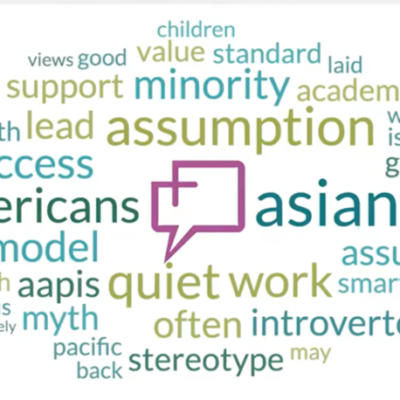California educators face a unique challenge: teaching the nation’s largest and most diverse student population in a way that’s equitable for everyone.
Many fear they’re not up to the task. One study found that although 76 percent of new teachers are trained to teach an ethnically diverse classroom, fewer than four in 10 say their training has actually helped them cope with the challenges they face.
As ethnic diversity grows and the need to serve many divergent populations becomes more urgent, it’s up to school and district administrators to lead the charge in making instruction equitable for all students, said Joe Feldman, CEO of Crescendo Education Group.
He offers the following tips to help teachers develop instructional practices that effectively serve all students.
Mine the data
Student data can be telling. It often reveals otherwise hidden disparities in instruction and outcomes. Mining student data can provide both areas of focus for your equity efforts and concrete metrics for measuring improvement.
“The numbers are an easy way to see what’s happening. Those are real kids,” Feldman said. “You’re going to see trends you wouldn’t see otherwise.”
Pinpoint some key equity indicators in your school or district—such as grade distribution, failure rates, discipline rates, honor roll and enrollment in honors classes—then run the numbers to look for disparities based on race, gender, age and any other demographic factors you can think of. Then use the data to start closing some of the equity gaps.
Encourage culturally responsive teaching
One of the biggest equity mistakes educators make is failing to adjust their curriculum in response to students’ cultural backgrounds.
For example, when teaching a unit on the Industrial Revolution to a class that includes black students, an equity-minded teacher will diverge from the history books to discuss post-Civil War Jim Crow laws, lynching and other events that impacted African-Americans differently than the white middle class, Feldman said.
“When you don’t talk about things, it disengages and delegitimizes that group’s history,” he added.
Weaving equity principles into daily instruction take time, but a good place to start is to learn and apply the essential elements of culturally responsive teaching, which include:
- Forming authentic and caring relationships with students.
- Using curriculum honoring each student’s culture and life experience.
- Shifting instructional strategies to meet the diverse learning needs of students.
- Communicating respect for each student’s intelligence.
- Holding consistent and high expectations for all learners.
Focus on practices, not beliefs
Many leaders take the long approach to equity. They focus on shifting teachers’ beliefs and helping them come to terms with white privilege, often without achieving any significant changes in the classroom.
Feldman advocates for the opposite approach, “help educators instill equitable practices into their work,” he said, “their beliefs have a way of shifting in response.” The key is to provide avenues for teachers to reflect on the changes in instructional practice.
Mitigate teacher biases
Every teacher brings their own implicit biases into a classroom. When those biases creep into how teachers assess student performance, they can lead to inaccurate and unfair grades, Feldman said.
When grading students, for example, teachers will often take into account factors such as behavior and attitude. Unfortunately, these subjective variables can ultimately cause grading to devolve into an arbitrary evaluation. Even worse, they provide an opening through which a teacher’s unconscious biases can slip into student assessments.
“Cleanse the grade of behavior, make it purely a reflection of academic competence or mastery,” Feldman suggested. “Essentially, set up a mechanism to prevent your biases from having as much impact.”
Address disparities in discipline
Discipline is another common area of inequity—and another opportunity for teacher bias to influence instruction. Disparities in discipline often result in students of color being removed from the classroom, where they miss out on valuable instruction. They’re also stigmatized and become jaded about their role in the school.
“For those who aren’t aware, there is a school-to-prison pipeline where we discipline boys of color at higher rates, especially when the description of infraction is something subjective, like defiance,” Feldman said. “That’s why it’s especially critical for leaders to keep an eye out for disparities in office referrals, suspension rates, and detentions.”
These are just a few of the ways administrators can help ensure equitable instruction in their schools and districts. “It doesn’t happen overnight—but it starts with having a special ear and eye to the histories, strengths, and challenges of people who aren’t like us,” Feldman said.








Leave a Comment